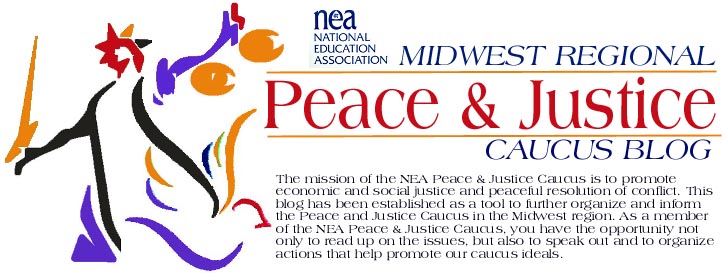If the population of the United States were polled and asked to identify their top ten priorities most would assume that education would rank among the top two. We often hear people say that education is vital for the future of our country; both in terms of literacy and its economic impact. In a 2007 Gallup poll, however, education ranked 10th in terms of priorities for the country. Even gas prices ranked higher on the list than education. Something is wrong with this picture.
We often blame politicians for failing to adequately fund public education. However, if Americans are saying that education isn't a top priority, who can blame them? Isn't it up to us to send the message to politicans that education is our top priority and to convince others that education should be our top priority?
Funding education is expensive. The quote, "education is expensive, but so is ignorance," says it all. If we want a literate population and one that moves our economy forward we must place education as a top priority. Most might say that a large percentage of the taxes they pay already go towards funding education, but this is often not the case. See the chart below for an example of how the taxes paid by a median income family in San Fransisco are spent:
Sector $ Spent %
Military $1,731 27%
Health $1,329 21%
Debt Interest (Non-Military) $657 10%
Debt Interest (Military) $580 9%
Income Security $383 6%
Education $289 5%
Veteran's Benefits $214 3%
Nutrition $167 3%
Housing $119 2%
Natural Resources $97 2%
Job Training $19 0%
Other $790 12%
Source: NationalPrioritiesProject.org
Education within the United States is also deeply unequal. School funding is primarily based on property tax values. The schools that need the most money often receive the least because their school is an a low-income, and therefore low property tax, area. This system creates a inherent inequality.
The videos below highlight two sets of schools. In A Tale of Two Schools, the schools are across the street from each other. One school is well-kept and has many resources available to its students. The other school looks as if it should be condemned. In Trading Schools, there are two schools from the Chicago area. One school is highly funded and has every resource available to its students. The other school is dilapidated and has very few resources for its students. These videos show the inherent nature of inequality present in education today. They show that even though Brown v. The Board of Education declared "separate but equal," unconstitutional, the concept is very much alive today.
A Tale of Two Schools
Trading Schools
For more information:
November 2, 2008
Subscribe to:
Post Comments (Atom)




No comments:
Post a Comment